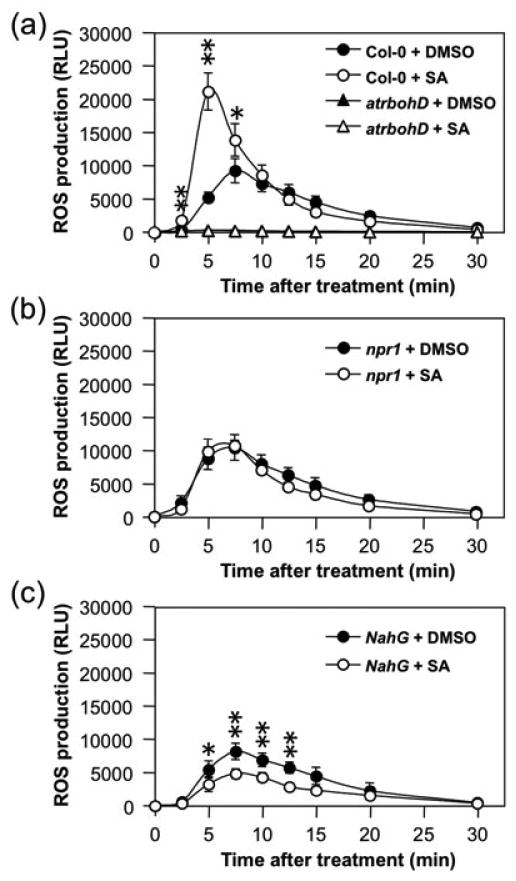Figure 3.

Binding of PP1 to wild-type MPK6, and NA-PP1 to the sensitized MPK6 variants, MPK6YG.
NA-PP1, an analog of PP1 with bulky side chain, would have atomic clashes with the Tyr residue in the ATP binding pocket of wild-type MPK6, but not so with the sensitized MPK6YG variants (right panel). In contrast, PP1 can access the ATP-binding pocket of wild-type kinases (left panels). The three-dimensional atomic structure of MPK6 was built based on the crystal structure of human ERK2 (PDB entry: 1WZY) using the MODELLER software. The three dimensional atomic structure of NA-PP1 was built using Chimera based on the crystal structure of PP1 (PDB entry: 2IVV). The binding mode of MPK6 with PP1, or the sensitized MPK6 (MPK6YG) with NA-PP1 was produced by superimposing MPK6 or MPK6YG with the crystal structure of RET tyrosine kinase bound with PP1 using Chimera software. In both panels, the protein is plotted in ribbon diagram. The backbones of Y144 in wild-type MPK6 and backbones of G144 in MPK6YG are highlighted in red. The ligand and Y144 in MPK6 are displayed in stick mode and colored by atom types. Red: oxygens; blue: nitrogens, and grey: carbons. Hydrogen atoms are not shown.
